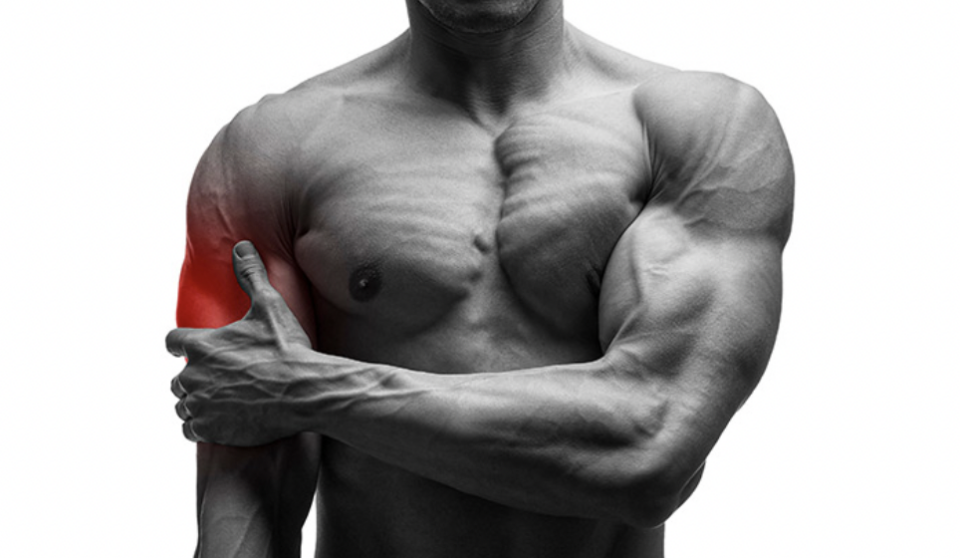For years, suspicions have lingered among anabolic steroid users regarding a potential connection between tendon injuries and steroid usage. Two prevailing theories aim to explain this correlation: one suggesting that steroids prompt muscles to grow stronger while the tendons remain relatively unchanged, thereby increasing the risk of subsequent injury; the other speculates that high steroid doses combined with intense weightlifting directly weaken or stiffen tendons, leading to susceptibility to injury.
However, despite extensive scrutiny of scientific literature, researchers have struggled to definitively establish a link between testosterone and tendon injuries (1). Intriguingly, recent retrospective case-control studies present a puzzling scenario. These studies highlight significantly elevated chances of tendon injuries among individuals using exogenous testosterone compared to those not on this treatment plan. Notably, men on testosterone therapy exhibited nearly five to six times higher odds of experiencing specific tendon injuries, such as distal biceps and quad tendon injuries, within a year of initiating therapy (2, 3).
The unexpected nature of these findings contradicts expectations. If most steroid users weren’t reporting similar tendon problems, it raises eyebrows concerning the impact of testosterone on tendon injury. Yet, drawing a conclusive verdict regarding testosterone’s direct causation of such injuries is a complex matter. Several limitations inhibit firm conclusions. Notably, while these studies involved both men and women, the observed odds ratios for tendon injuries were either comparable between testosterone users and non-users or slightly elevated in certain age groups, indicating a more intricate relationship than a straightforward correlation between testosterone and tendon injury (4).
One critical factor overlooked in these studies was the concurrent use of aromatase inhibitors (AIs) alongside testosterone therapy. AIs, essential for some individuals, can also potentially compromise tendon integrity and increase vulnerability to injuries (5, 6). These inhibitors prevent testosterone conversion into estrogen, which, when insufficient, might render tendons more susceptible to harm. The association observed between anabolic steroid usage and tendon injuries might be partially attributed to instances where endogenous testosterone is suppressed, and exogenous testosterone isn’t supplemented, leading to a potential imbalance between testosterone and estrogen levels.
The absence of an association between testosterone administration and tendon injuries among women, who typically possess higher estrogen levels and seldom receive AIs as part of TRT, further emphasizes the intricate interplay between hormones and tendon health. As such, the evidence directly linking TRT to tendon injuries isn’t as definitive as some studies might suggest. The potential role of AIs demands consideration. For individuals undergoing TRT with concurrent AI usage, monitoring estrogen levels and promptly reporting any joint discomfort to healthcare providers becomes crucial.

